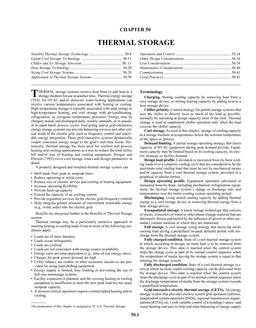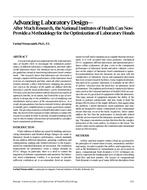Massive solid ice has very low thermal standby loss and thus is well suited for long-term storage for cooling buildings. This implies freezing (charging) and melting (discharging) heat transfer from imbedded fluid-carrying tubes. Since the ice mass is very large to provide for the long term while the heat transfer rate during discharge remains at a daily level, imbedded tube spacing can economically be placed at greater spacing intervals.
It is the purpose of this paper to show how such spacing is determined for different cycle times and to show the effect of different thermal conductivities of the material being frozen, different tube diameters, and discharge times varying from 1 to 200 days. Calculated and actual results are contrasted and differences analyzed.
Wider tube spacing is shown to have a major effect on the cost of longer term or seasonal storage, whether in a larger tank or in the ground.
Units: Dual
Citation: Symposium, ASHRAE Transactions, 1987, vol. 93, pt. 1, New York, NY
Product Details
- Published:
- 1987
- Number of Pages:
- 7
- File Size:
- 1 file , 570 KB
- Product Code(s):
- D-NY-87-21-4


